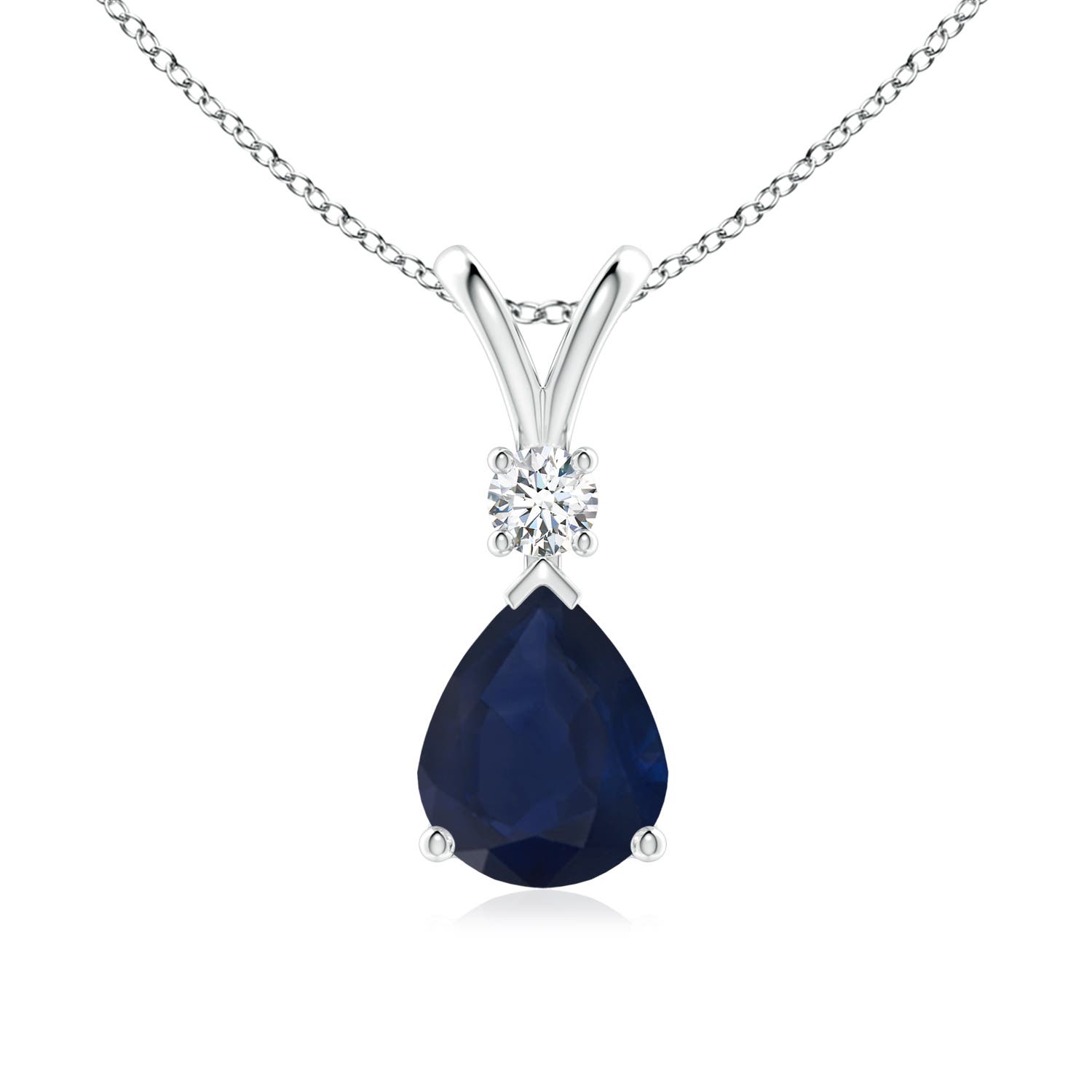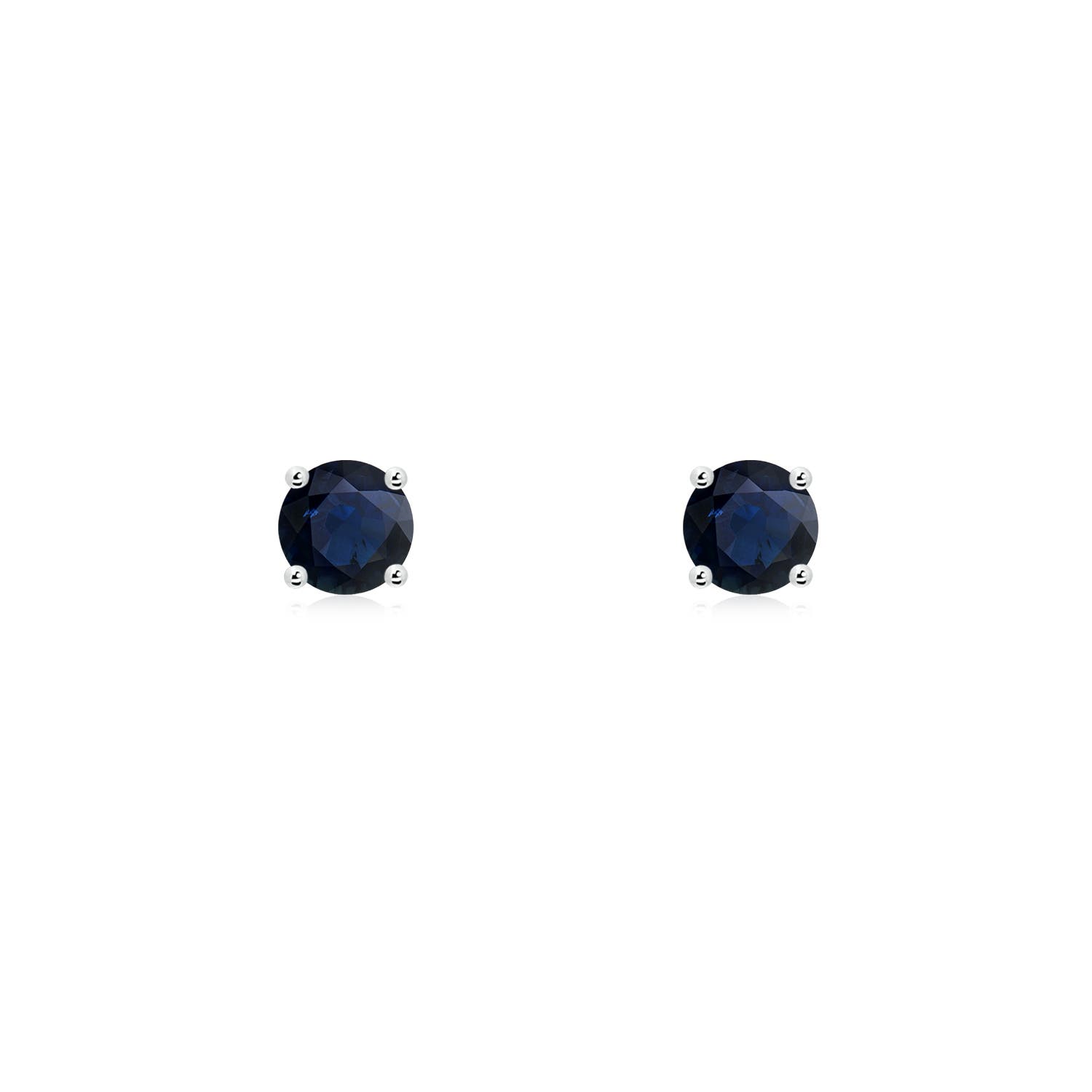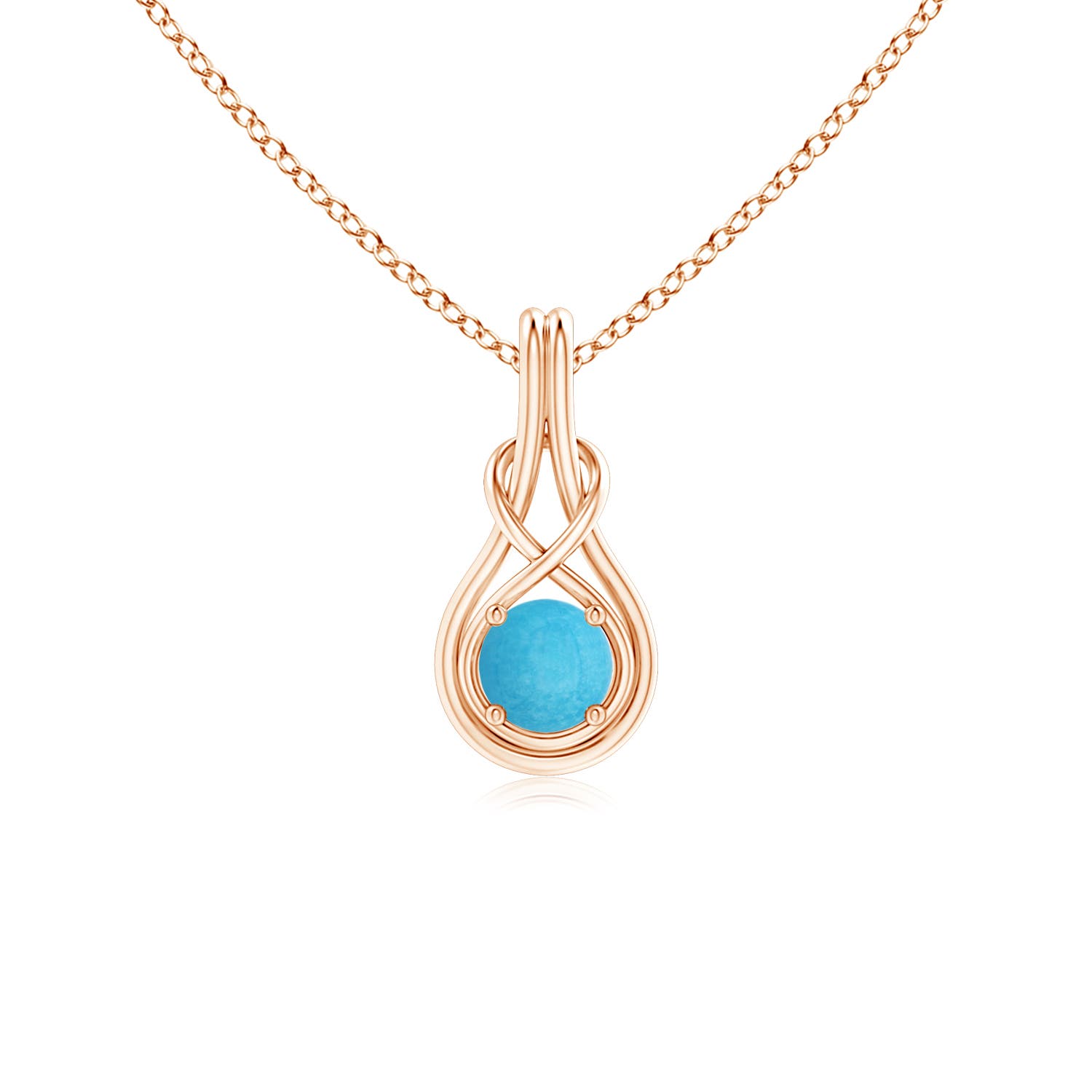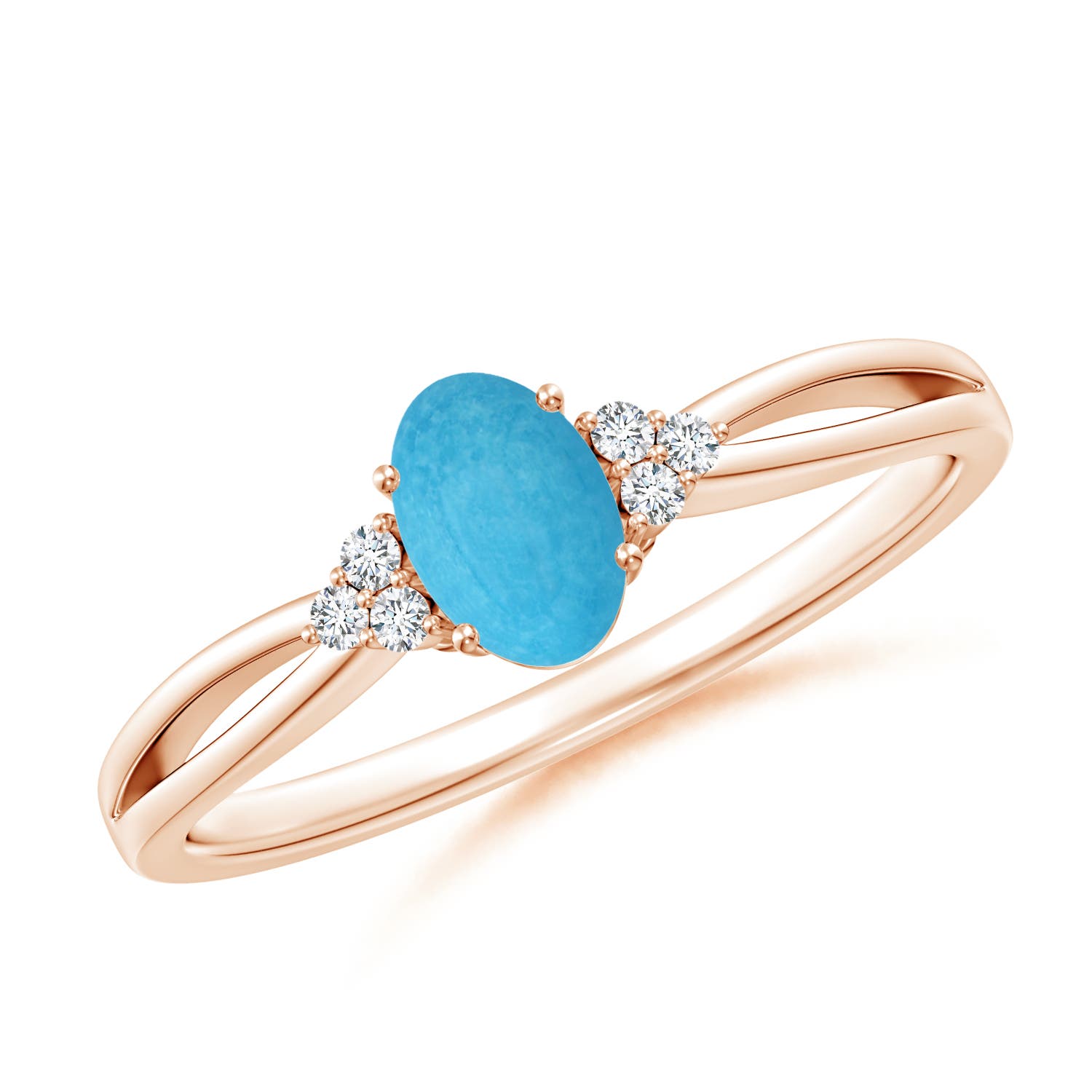In a world filled with blue gemstones, can you think of two more different than the blue sapphire and the turquoise? We certainly can’t!
Join us today as we discuss the differences between turquoise and blue sapphire and what makes each of these gems unique. This will help you decide which one is better…
Blue Sapphire vs. Turquoise: Key Differences
1. Color
Blue Sapphire:
The most sought-after sapphire variant, this blue beauty is found in different shades ranging from velvety blue to dark violet-blue. Stones with medium to medium-dark tones are typically most preferred.
Shop Blue Sapphire Jewelry
Did You Know?
Blue sapphire is the birthstone for September month. So, if you’re a September baby or know a loved one celebrating her birthday in September, then jewelry with this gemstone makes the perfect gift.
Turquoise:
This stone can be found in different shades of blue and green. The most desired variations feature an even, intense, medium blue hue, also known as sky blue or robin’s nest blue. As this particular variety was usually sourced from Nishapur, a district of Persia (now Iran), the color is also referred to as ‘Persian blue’.
Shop Turquoise Jewelry
2. History
Blue Sapphire:
Since its discovery, blue sapphire has always been the stone of choice for aristocrats. During ancient times, this gem was usually affixed to the breastplate of the high priests and was said to represent hope and faith. It was also commonly worn by ancient Greeks and Romans to protect themselves from harm and make peace with their enemies.
Blue sapphire also found a prominent place for itself as a treasured gem on the British Crown. It’s currently associated with romance, trust and loyalty. Therefore, this gem is often seen as the perfect option for engagement and wedding jewelry. A popular example of this is the mesmerizing blue sapphire engagement ring worn by Princess Diana. As a fascinating coincidence, blue sapphire is also recognized as the official Virgo birthstone, adding to its significance.
Turquoise:
This gem was highly prized by the Egyptians who appropriately titled it ‘mefkat,’ which translates to ‘gem of joy.’ They often buried it in the graves of the dead to ensure safe passage into the afterlife. Other ancient cultures believed that this gem could attract positive energy and therefore wore it daily.
While these beliefs lost value over the years, turquoise was still in demand. It’s believed that upper-class men in 17th century England refused to leave their residences without a turquoise, as the stone was considered to be the mark of a well-dressed person.Today, this stunner is coveted for its opaque surface and summery hue which symbolizes positivity, possibilities and happiness.
3. Hardness
Blue Sapphire:
With a rating of 9 on the Mohs scale of mineral hardness, blue sapphire is an extremely durable gemstone.
Turquoise:
This gemstone has a rating of 5 to 6 on the Mohs scale and displays perfect cleavage as well. This means that turquoise is considerably less durable and can get severely damaged if subjected to a hard blow.
4. Treatment
Blue Sapphire:
Most blue sapphires undergo heat treatment and irradiation to improve their color and also reduce the appearance of flaws.
Turquoise:
This gem is usually subjected to different treatments to improve its durability and color. Below we’ve mentioned some of the most common ones…
- Stabilization
- Dyeing
- Waxing and oiling
5. Affordability
Blue Sapphire:
Considering the stone’s durability, fame, beauty and ‘precious gemstone’ categorization, its high price tag doesn’t come as a surprise.
If you’re planning the next chapter of your fairy tale, our sapphire engagement rings are exactly what you’ll need. Angara offers a variety of beautiful styles and designs to ensure your new beginning is just as special as the gem itself.
Wish to add matching earrings, a bracelet, pendant or necklace to your collection? Go ahead and explore our blue sapphire jewelry collection for stunning pieces.
Meanwhile, our lineup of sapphire jewelry will be ideal if you want to add a splash of color to your jewelry box.
Turquoise:
While the starting price for this semi-precious stone is low, fine-quality pieces can retail for a high amount. That said, this gem is certainly less expensive than blue sapphire.
Turquoise vs. Blue Sapphire: Which One Should You Choose?
That really depends on what you need.
If you’re looking for a brilliant gem that’ll give your outfit a touch of elegance and sophistication, then blue sapphire is the one for you. However, if you’re looking for a more affordable yet unique and eye-catching gem, then turquoise is definitely an option you should consider.
Also Read
- Aquamarine vs Blue Sapphire
- Blue Sapphire vs Blue Topaz
- Citrine vs Yellow Sapphire
- Orange Sapphire vs Citrine
- Difference Between Orange Sapphire & Citrine
- Pink Sapphire vs Morganite
- Difference Between Pink Sapphire & Morganite
- Pink Sapphire vs Rose Quartz
- Pink Sapphire vs Pink Tourmaline
- Pink Sapphire vs Ruby
- Is Emerald More Expensive Than Sapphire & Ruby
- Sapphire vs Emerald
- Sapphire vs Ruby
- Sapphire vs Tanzanite
- Spessartite vs Orange Sapphire
- Teal Montana Sapphire vs Aquamarine
- Teal Montana Sapphire vs Blue Topaz
- Emerald vs Peridot
- Tsavorite vs Emerald
- Peridot vs Tsavorite
- Blue Topaz vs Aquamarine
- Blue Topaz vs Turquoise
- London vs Swiss Blue Topaz
- Black Agate vs Onyx
- Difference Between Black Spinel vs Onyx Ring
- Difference Between Onyx vs Obsidian
- Rhodolite vs Ruby
- Ruby vs Garnet
- Difference Between Garnet & Rhodolite
- Tanzanite vs Aquamarine
- Difference Between Common & Precious Opal
- Fire Opal vs Citrine
- Opal vs Moonstone
- Opal vs Opalite
- Which is More Expensive Opal Or Moonstone
- Morganite vs Moissanite
- Morganite vs Rose Quartz
- Fire Opal vs Orange Sapphire
- Natural vs Lab Grown Diamonds
- Diamond vs Moissanite
- Diamond vs Morganite
- Diamond vs. Non-Diamond Engagement Rings: Which One to Pick?
- Emerald vs Diamond
- Is Ruby Rarer Than Diamond
- Diamond vs White Sapphire
- Sapphire vs Diamond


































